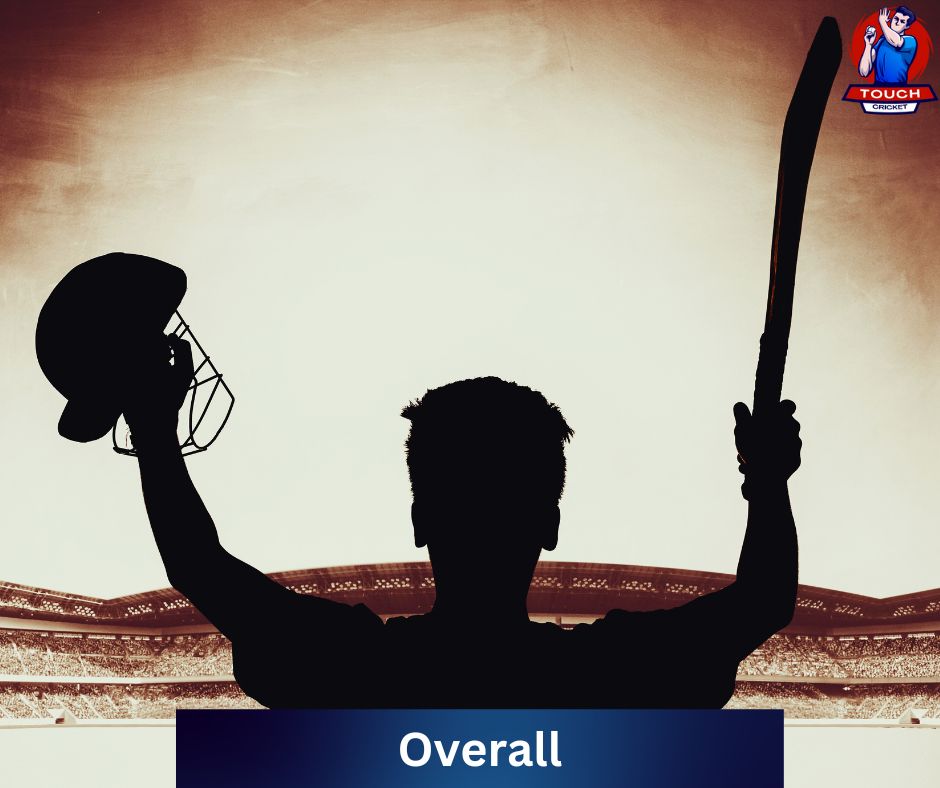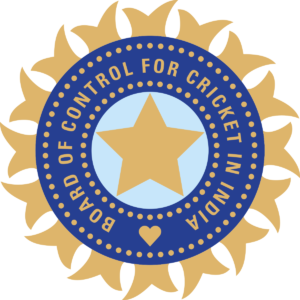| Feature | India
|
Pakistan
|
|---|---|---|
| Nickname(s) | Men in Blue | Shaheens (Falcons), Green Shirts |
| Governing Body | Board of Control for Cricket in India (BCCI) | Pakistan Cricket Board (PCB) |
| ICC Status | Full Member (1926) | Full Member (1952) |
| ICC Region | Asian Cricket Council (ACC) | Asian Cricket Council (ACC) |
| Test Debut | 1932 | 1952 |
| Current Test Ranking | 2nd | 6th |
| Highest Test Ranking | 1st (April 1973) | 1st (August 1988) |
| ODI Debut | 1974 | 1955 |
| Current ODI Ranking | 1st | 4th |
| Highest ODI Ranking | 1st (January 2013) | 1st (December 1990) |
| T20I Debut | 2006 | 2006 |
| Current T20I Ranking | 1st | 3rd |
| Head-to-Head (All Formats): | India: 74 wins, Pakistan: 88 wins (44 draws) | |
| Test: Pakistan: 25 wins, India: 16 wins (55 draws) | ||
| ODI: Pakistan: 54 wins, India: 47 wins (8 ties) | ||
| T20I: India: 8 wins, Pakistan: 3 wins (1 tie) |
India and Pakistan are two cricketing powerhouses with unique strengths and weaknesses. Both teams’ unpredictability and talent make their encounters captivating and thrilling.
Indian Cricket Team vs Pakistan Cricket Team
Historical Performance:

India has achieved significant success in international cricket across all formats, including Test, One Day International (ODI), and Twenty20 (T20).
Pakistan has a rich cricketing history, having won significant tournaments such as the ICC Cricket World Cup and ICC Champions Trophy.
Recent form:

Test & ODI: India has dominated both ICC formats, especially during tournaments. Their recent World Cup victory against Pakistan further showcases this dominance.
T20: The last Asian Cup encounter was claimed by Pakistan, although India holds the overall T20I head-to-head lead. Matches are often nail-biters.
Batting:

India: A solid top order features Rohit Sharma and Virat Kohli, known for their consistency and explosive power. Depth can be a concern at times.
Pakistan: Babar Azam leads a talented lineup with aggressive players such as Rizwan and Fakhar Zaman; however, there is room for improvement in order consistency.
Bowling:

India: Jasprit Bumrah’s return strengthens India’s attack featuring Mohammed Shami, Bhuvneshwar Kumar, and versatile spin options Ashwin and Jadeja.
Pakistan: Shaheen Shah Afridi leads an inexperienced pace attack with great potential. The spin department heavily relies on Mohammad Hafeez, and the team still struggles to find consistent wicket-takers.
Fielding:

India: They are usually agile and athletic, but sometimes their lack of concentration can cause them to make mistakes.
Pakistan: Fielders are often described as passionate, but missed opportunities can be detrimental.
Strengths:

India:
➤ Strong batting lineup with experienced performers like Kohli and Rohit Sharma.
➤ Consistent spin bowling with Ashwin and Jadeja leading the charge.
➤ Excellent fielding and catching skills.
➤ Strong team management and culture.
Pakistan:
➤ Fiery pace attack with Shaheen Shah Afridi and Haris Rauf spearheading it.
➤ Unpredictable and aggressive batting style with Babar Azam and Rizwan at the helm.
➤ Passionate fan base and home-ground advantage.
➤ Ability to pull off upset victories against even the strongest teams.
Weaknesses:

➤ Occasional bowling inconsistency in shorter formats.
➤ Overdependence on certain vital players for batting success.
➤ There is pressure to maintain high expectations from a large fan base.
Pakistan:
➤ Lack of consistent batting depth beyond the top order.
➤ Occasional fielding lapses due to over-exuberance.
➤ Tendency to crumble under immense pressure in major tournaments.
Head-to-Head:

➤ India has the upper hand overall, especially in major tournaments like the World Cup.
➤ Pakistan, however, enjoys a slight advantage in Test matches played in their own country.
➤ Both teams are fiercely competitive and unpredictable, making any encounter a nail-biting affair.
Overall:

India: A consistent and experienced team with many talents that dominate most formats.
Pakistan: They have the potential for explosive performances due to individual brilliance, but their inconsistency and lack of depth in certain areas hinder them.


